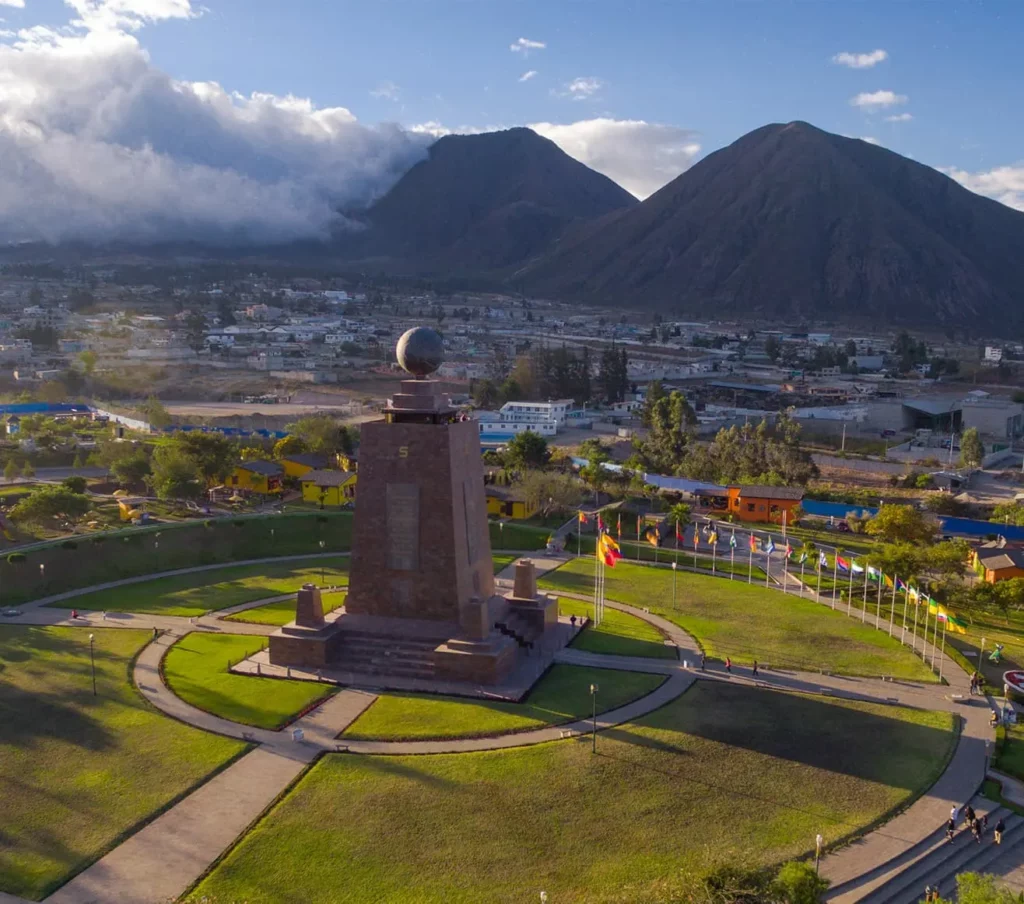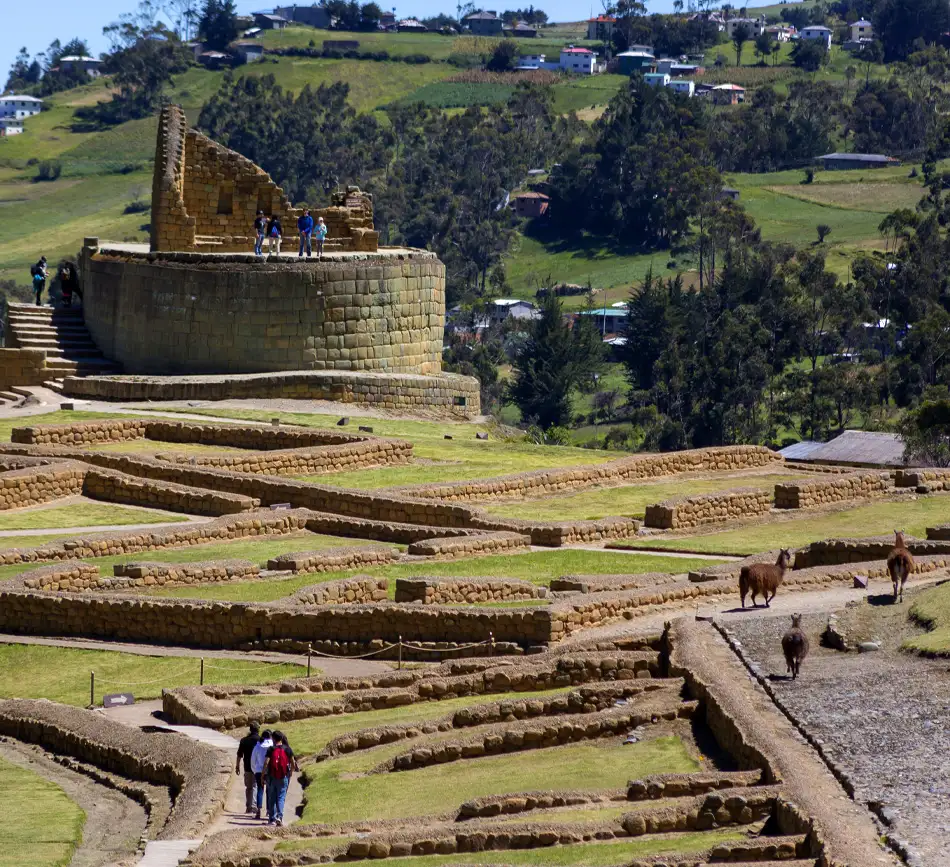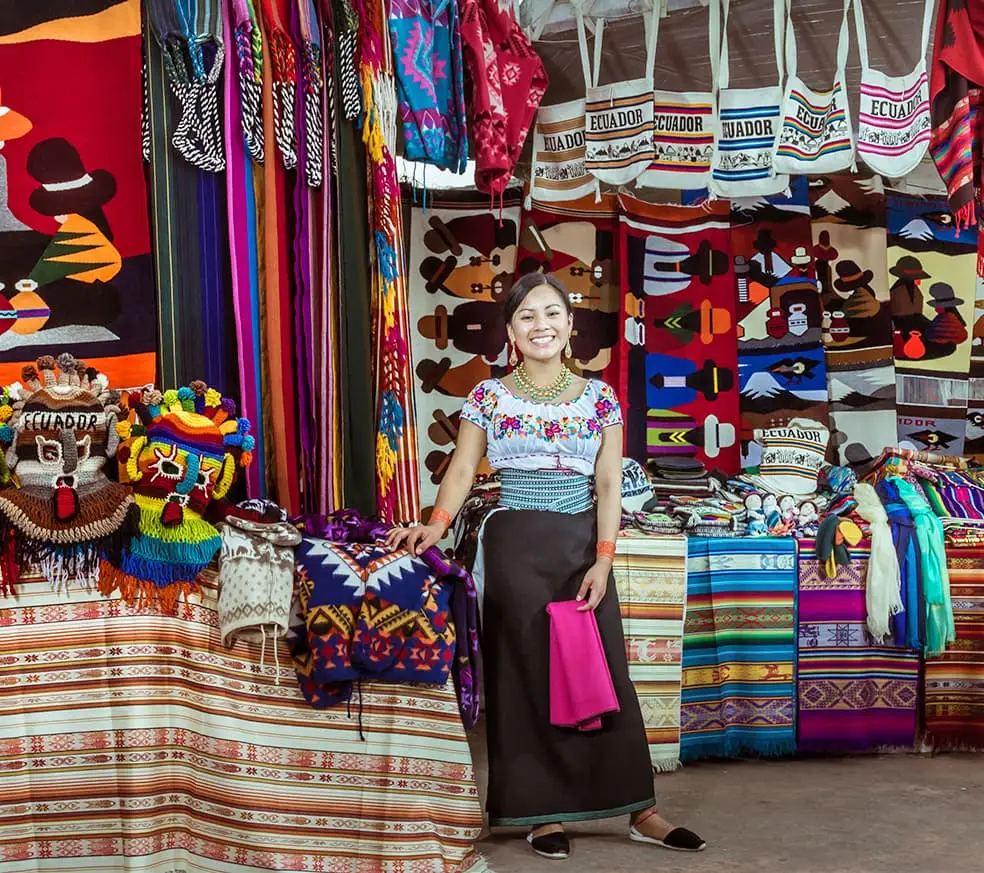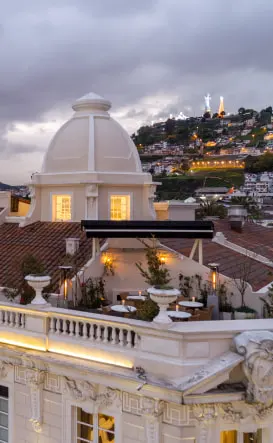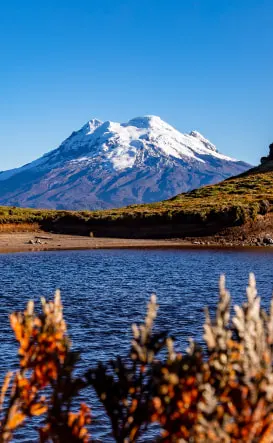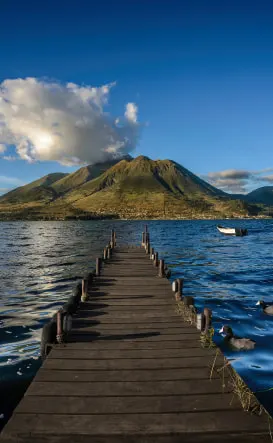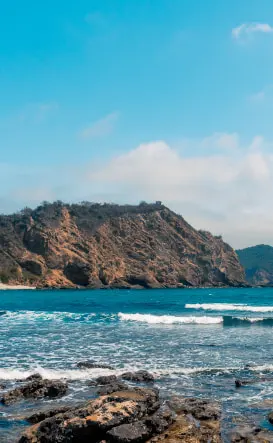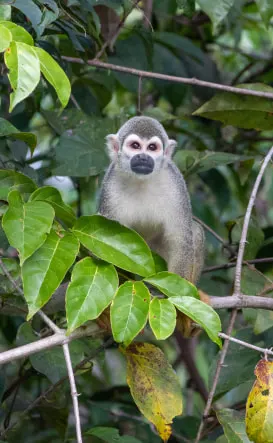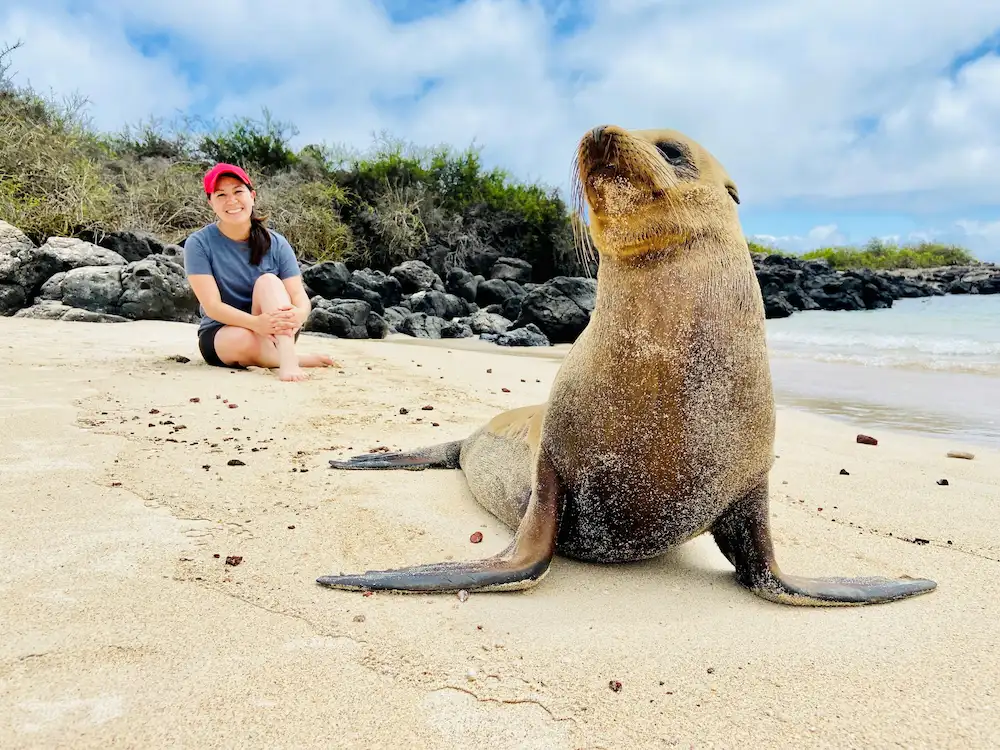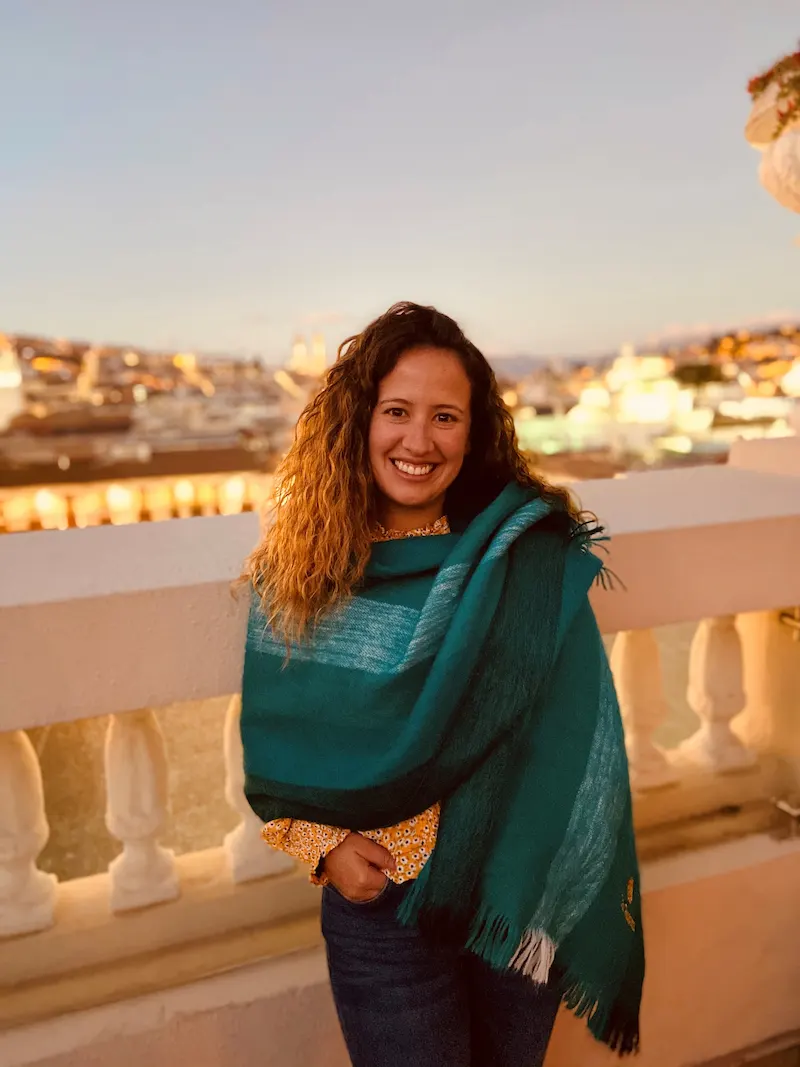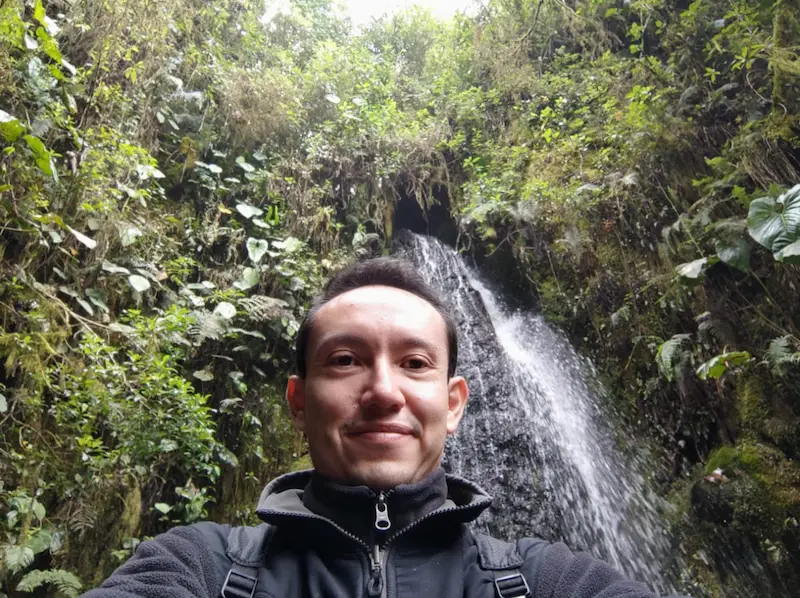Highlands
A region full of breathtaking landscapes, cultural discoveries, ethnic encounters, and culinary delights.
coast
Indulge in Ecuador’s museums, mansions, flagship projects, dining, and beaches for an unforgettable vacation.
amazon
Discover the Amazon’s richness on foot or by boat. Meet ethnic groups and visit jungle lodges to admire its wildlife and scenery.
galapagos
Visit Galapagos for extraordinary wildlife and landscapes. Choose from expedition vessel, day tour, land excursion, or a combination.

